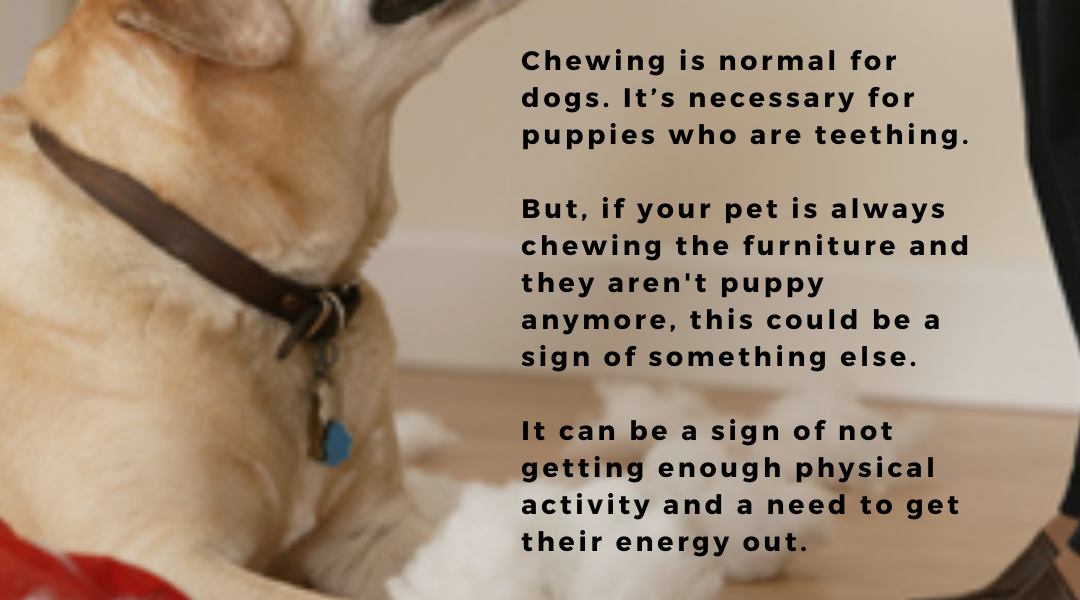Sunburn
The high temperatures during the summer and the extreme sunlight are not only a problem for us humans, but also for our pets. Exposure to direct or excessive sunlight may lead to your pets getting sunburnt, just like you! Sunburns are painful and irritating for your pets – and there is a chance that this condition can lead to the development of skin cancer.
Hairless cats and dogs, short-haired pets, and those with lighter-colored fur are more sensitive to getting sunburnt. Pets who also recently had an operation (thus having a part of their bodies shaved clean), as well as those who are struggling with hair loss due to allergies, are also more sensitive to this affliction. This, however, does not mean that pets with thick and heavy coats are immune to sunburn – excessive exposure to harsh UV rays can still lead to them getting sunburnt.
Dog with Sunburn
What do sunburns look like on your pets and how can you spot them? Just like with humans, the sunburnt areas on your pet will look dry, red, and cracked. The sunburn will also be painful to touch – you may notice your pet reacting in pain when you pet him around the affected area. Your pet will try to deal with the itch by biting and scratching the sunburn. In some cases, when the sunburn is very severe, there is a possibility for fever and blistering to develop.
What steps should you take to resolve cases of sunburn? Your pet will naturally heal from a minor case on his own. However, it would be best to seek help from your veterinarian if the sunburn appears to be red and painful to the touch. This is so that your vet can check how bad the case is and recommend the necessary treatment. Your vet may have to shave the area around the sunburn, clean the injury, and apply an ointment on it – you will also have to apply this medication at home for the recommended amount of time.
Though they may appear to be a simple matter that can be ignored, you should be careful to watch out for sunburn as it can cause severe discomfort and pain to your pet. Avoid taking walks during peak hours when the sun is highest with your pets, and make sure they have a shaded area to take shelter in when outdoors. If your pet is still getting sunburnt indoors while lying down next to windows or glass doors, you can try installing shades or tint that can block the harmful UV rays. In addition to these steps, you can also try applying pet-friendly sunscreen. Be sure that the sunblock you use is non-toxic to pets, as they might try to lick the areas you applied it on.
Summer can be a hard time of the year for your pet to deal with, so always be on the lookout for any sun-related or heat-related complications. Keep your pets hydrated, clean, and away from extreme sunlight to make sure they stay healthy and happy throughout the scorching hot months.

